Teaching
Carnegie Mellon University
IDeATe Portal: Real-Time Animation
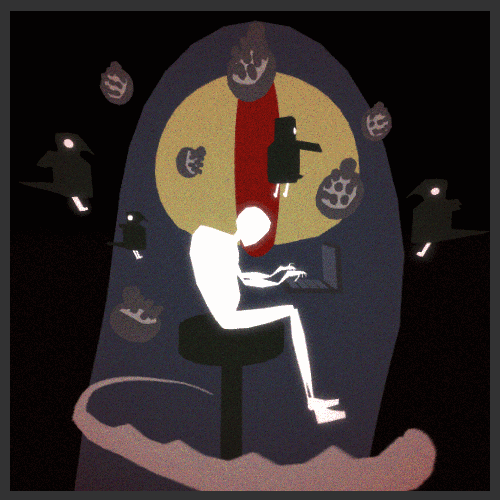
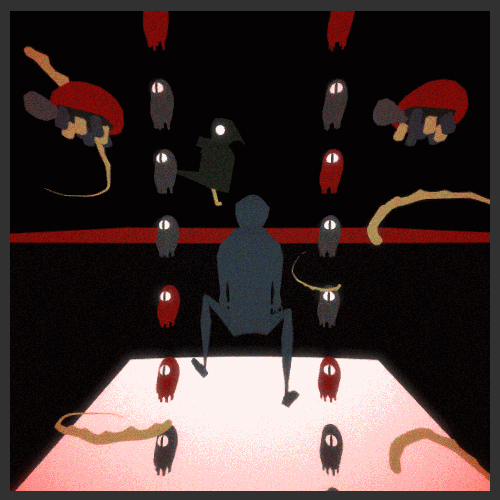
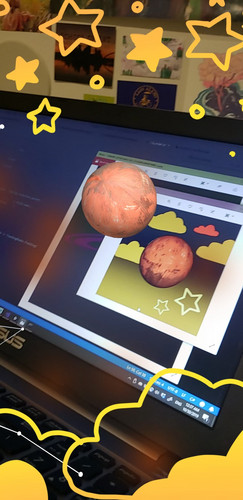

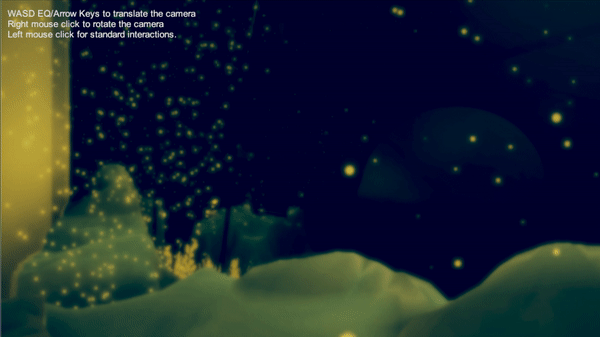
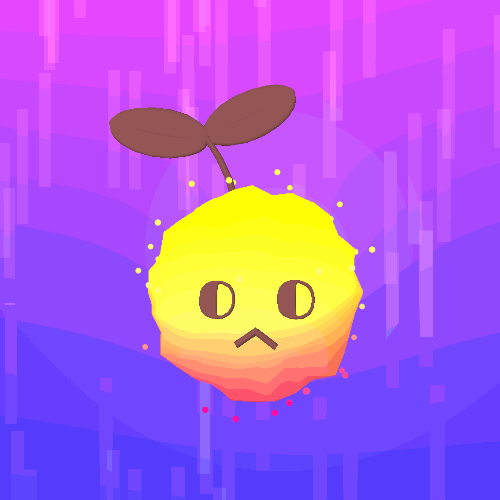

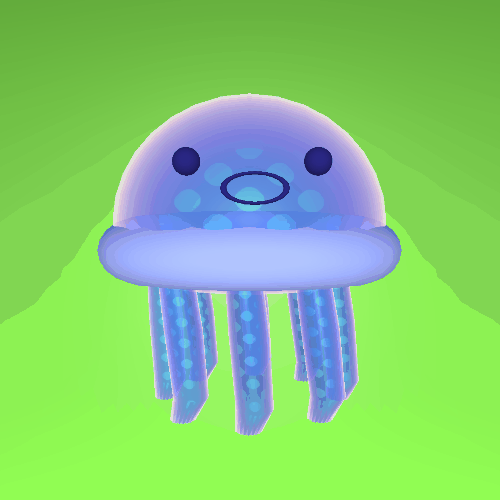
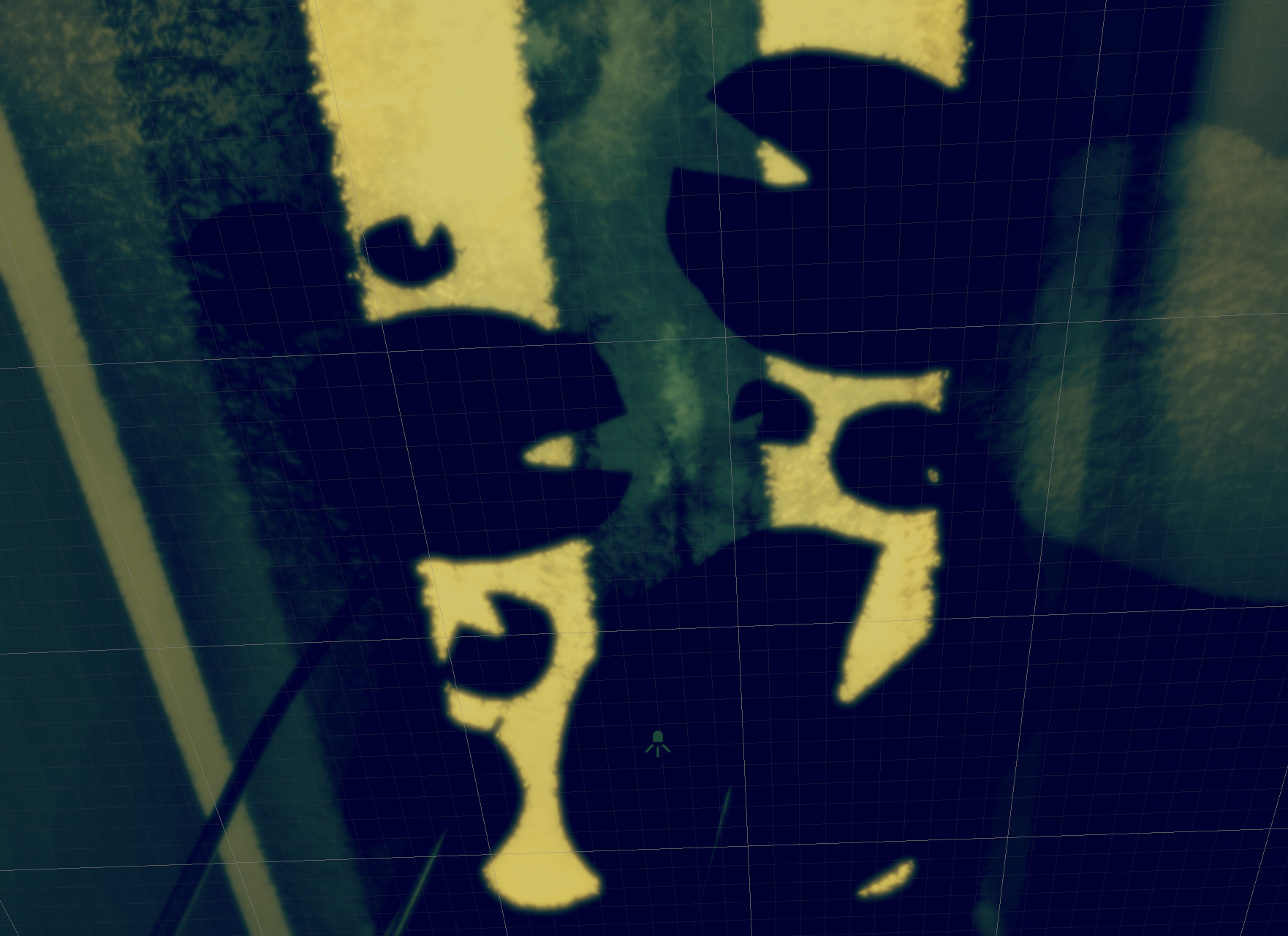
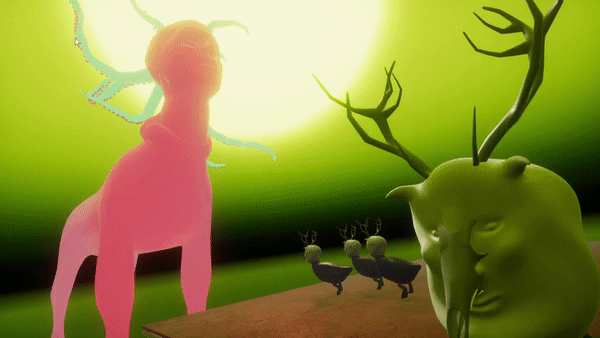
Spring 2019
Real Time Animation is an introductory animation course for sophomores and freshmen entering the Integrated Design Art and Technology Program (IDeATe) at Carnegie Mellon University. It is a crash course in 3D modeling, animation, coding, and interaction design, designed to prepare students to make games, vr, ar, and other interactive experiences later on in their studies.
Assignments included:
Real Time Animation is an introductory animation course for sophomores and freshmen entering the Integrated Design Art and Technology Program (IDeATe) at Carnegie Mellon University. It is a crash course in 3D modeling, animation, coding, and interaction design, designed to prepare students to make games, vr, ar, and other interactive experiences later on in their studies.
Assignments included:
-
Shader Beings: create 5+ speculative microbiota / microscopic particles / other entities which are primarily animated with shader graph
-
Weird Creatures: introduction to animation and modeling - model and animate 5+ simple creatures
-
Physics Playthings: make 5 simple toys / musical instruments using the Unity physics engine
-
Avatar Game / Zoologies make a game or interactive experience about being a specific creature - building on weird creatures with more programming and using the Character controller.
-
XR Diorama (Spatiality and the Screen) - create a diorama using either augmented reality or a head-mounted display.
- Expressive Environments - adapt one of Italo Calvino’s “Invisible Cities” to an explorable environment in Unity.
Electronic Media Studio: Introduction to Electronic Media




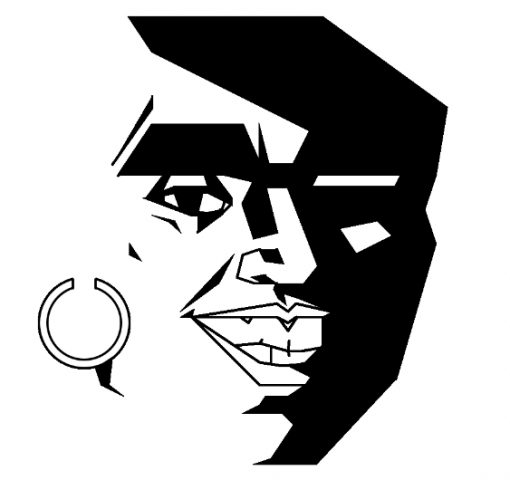
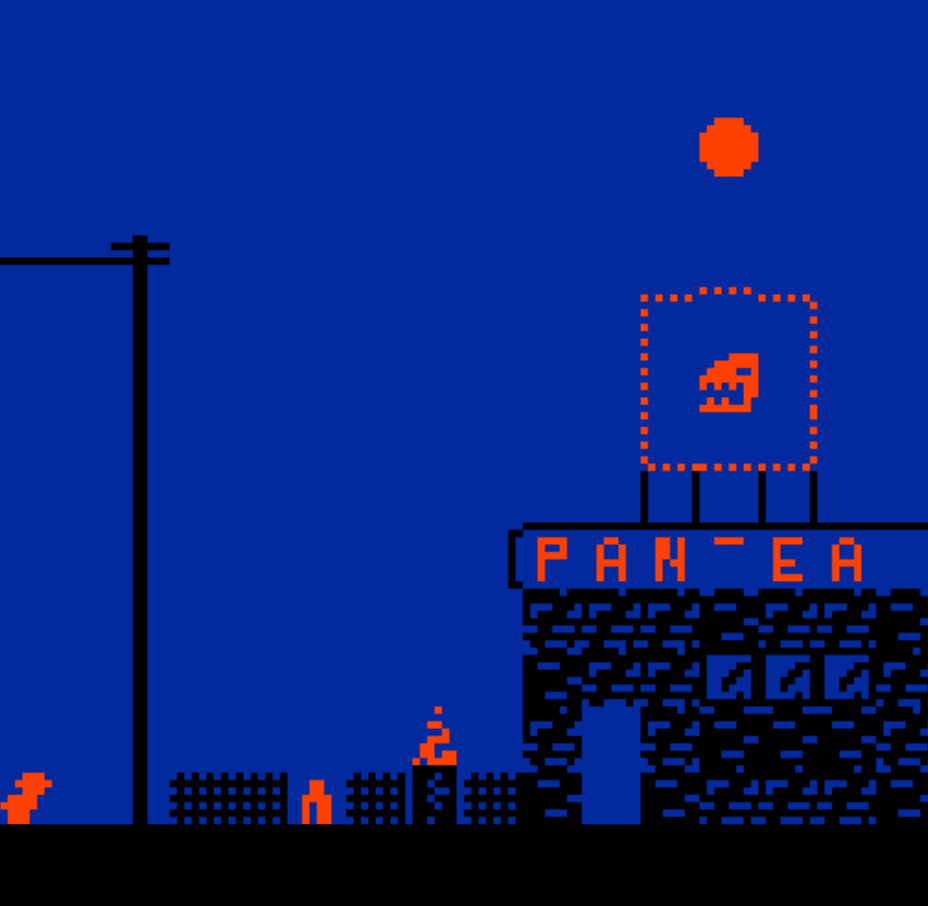
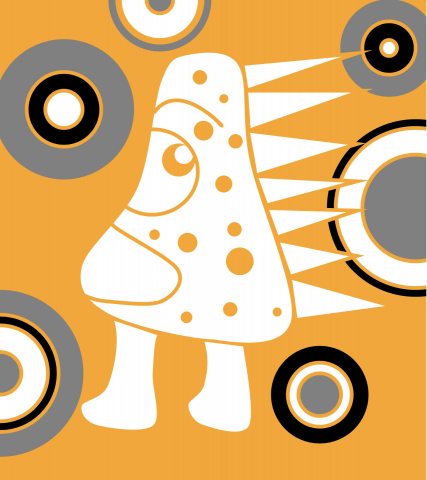
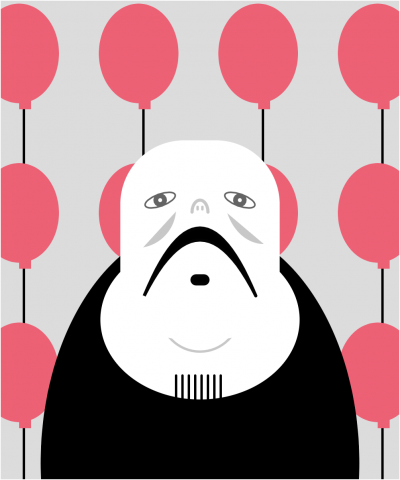



Spring 2019
EMS II: Introduction to Interactive Media is a required course for all sophomores in the School of Art. Although it is not a new course, I was encouraged to augment the syllabus to include exercises on Unity. Roughly the first third of the course was devoted to introducing students to programming fundamentals using P5.js. Midway through the course we did exercises using artist made or open source tools for game creation like Twine and Bitsy. Then we transitioned into working with Unity, including a unit on making alternative game controllers using MaKey MaKey.
EMS II: Introduction to Interactive Media is a required course for all sophomores in the School of Art. Although it is not a new course, I was encouraged to augment the syllabus to include exercises on Unity. Roughly the first third of the course was devoted to introducing students to programming fundamentals using P5.js. Midway through the course we did exercises using artist made or open source tools for game creation like Twine and Bitsy. Then we transitioned into working with Unity, including a unit on making alternative game controllers using MaKey MaKey.
University of California, Los Angeles
Design Media Art 157: Game Design


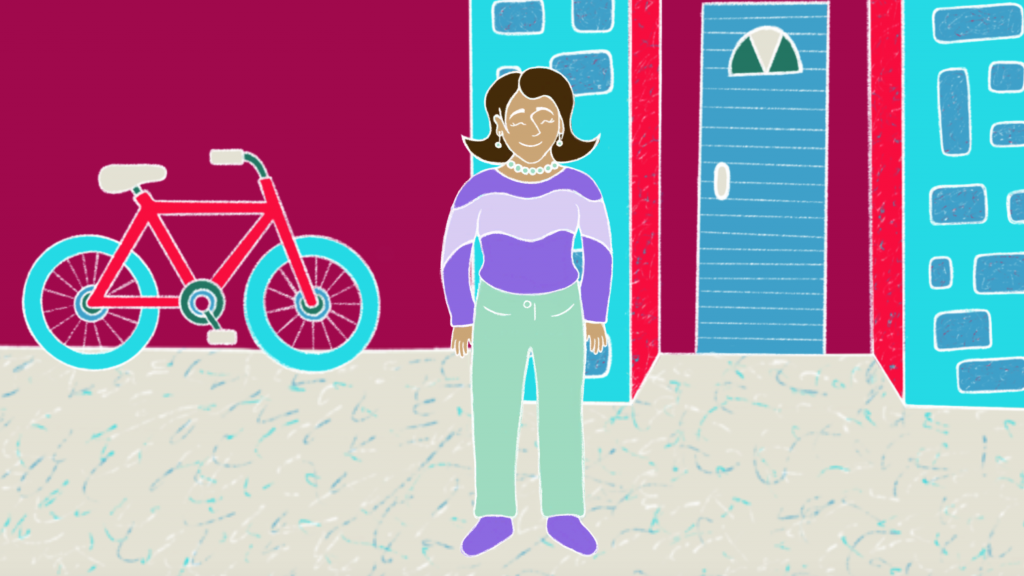
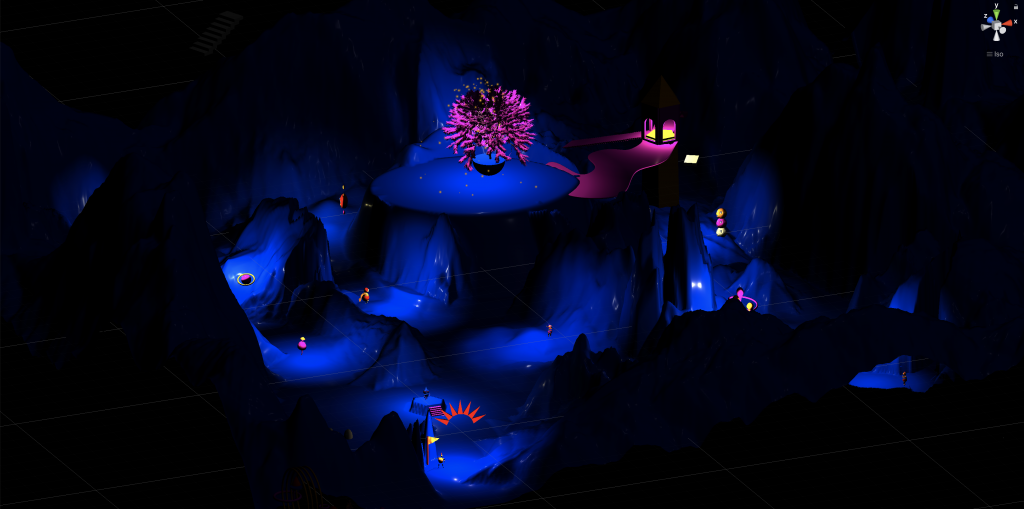
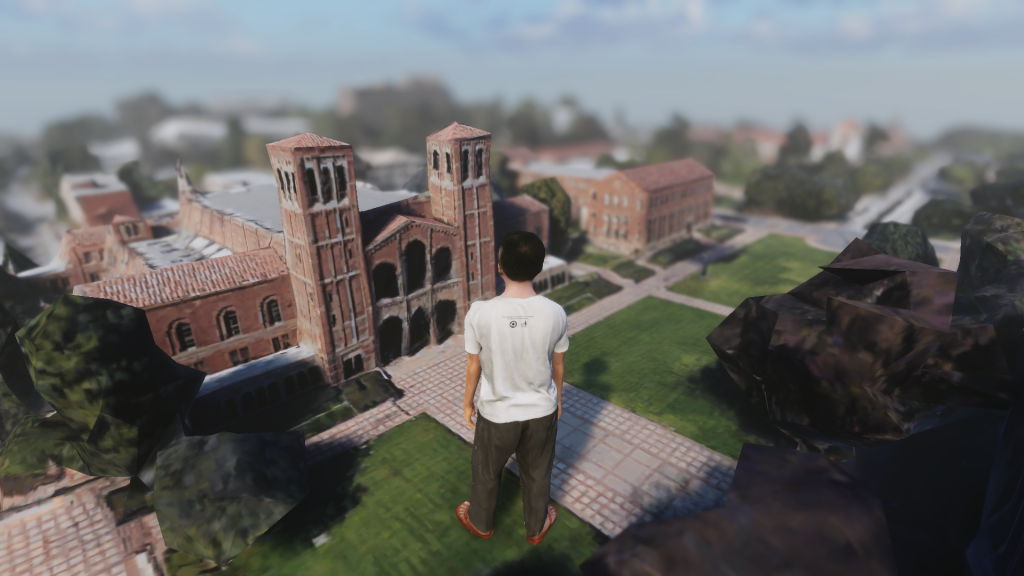
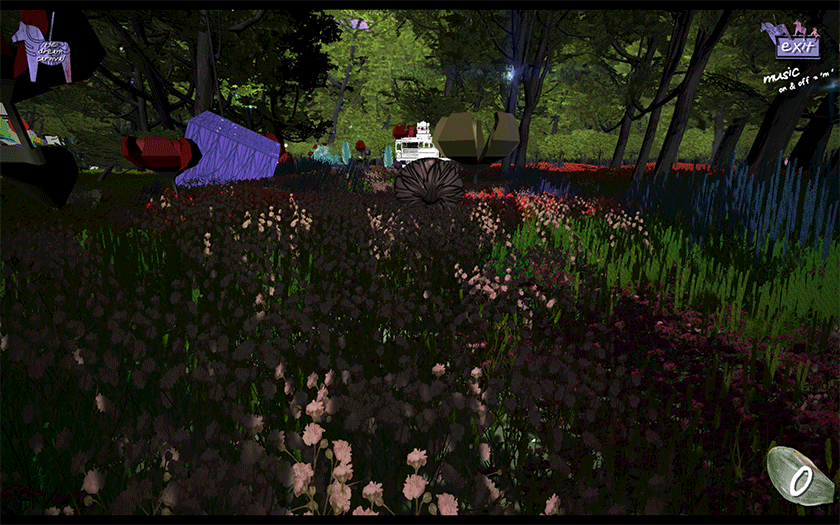


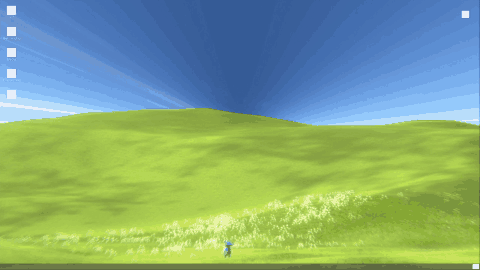
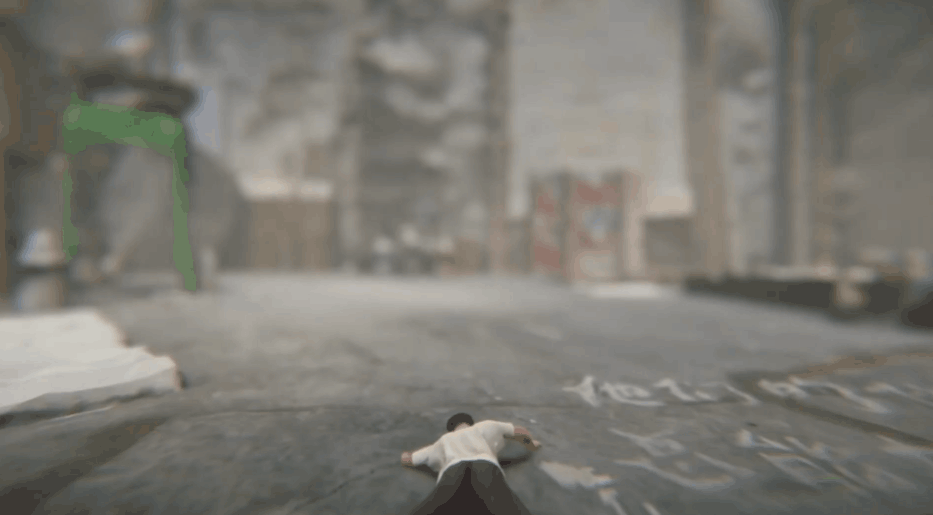

Spring 2020
We had to quickly adapt to remote learning during March of 2020. I designed a fairly open-ended class with two major projects: the first a “walking sim” focused on asset production and world building, the second a more coding intensive online multiplayer project. Because we were all adapting to covid, we shifted gears to a much more open ended class, most students produced a single game project over the course of the quarter.
Many students explored networked multiplayer, generative environments, and narrative based games. Some continued developing projects from other classes.
We had to quickly adapt to remote learning during March of 2020. I designed a fairly open-ended class with two major projects: the first a “walking sim” focused on asset production and world building, the second a more coding intensive online multiplayer project. Because we were all adapting to covid, we shifted gears to a much more open ended class, most students produced a single game project over the course of the quarter.
Many students explored networked multiplayer, generative environments, and narrative based games. Some continued developing projects from other classes.
Design Media Art 160 (Special Topics): Game Development
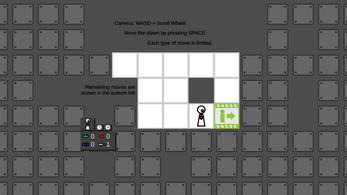



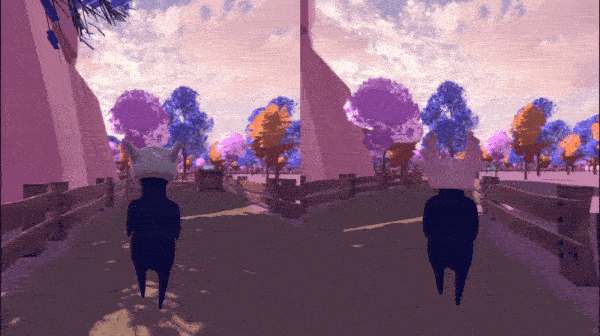

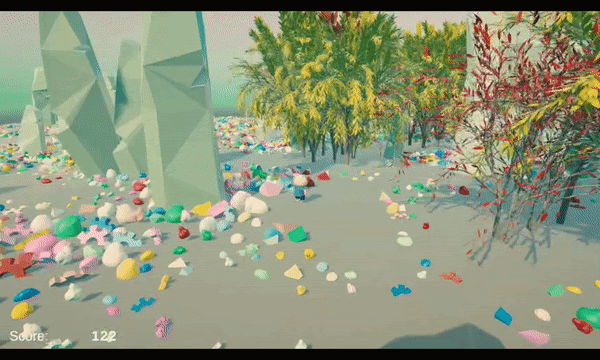
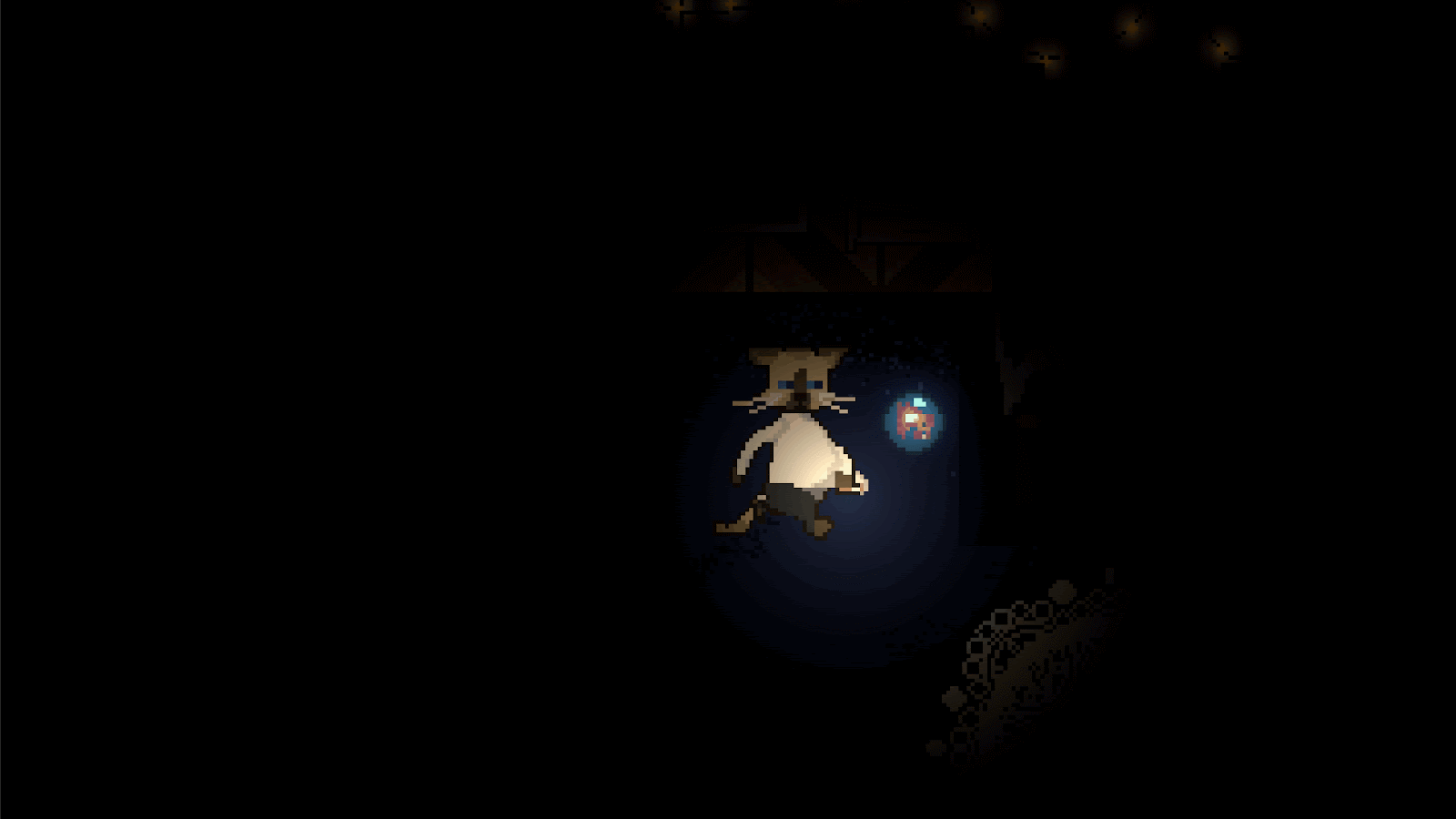
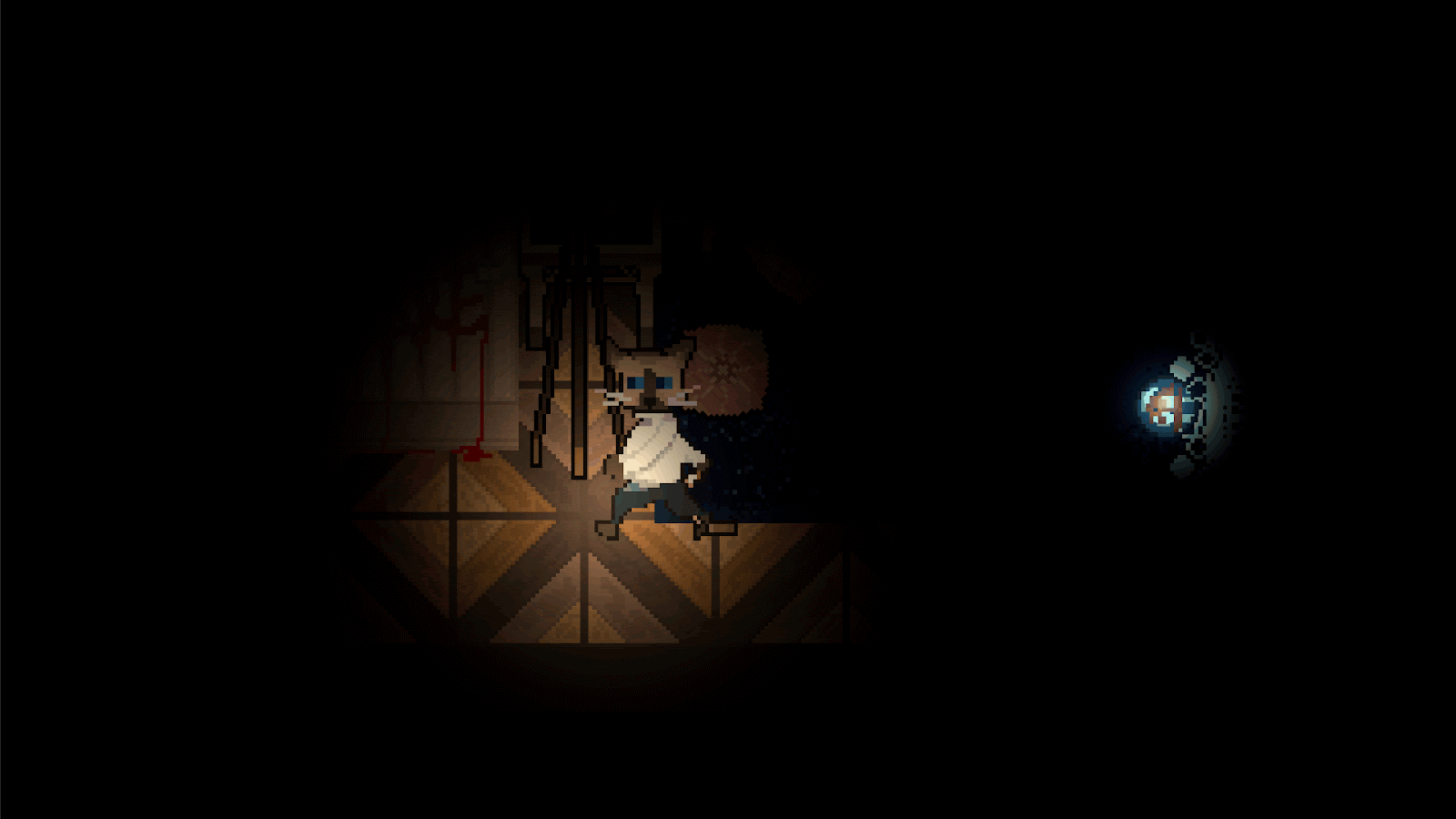

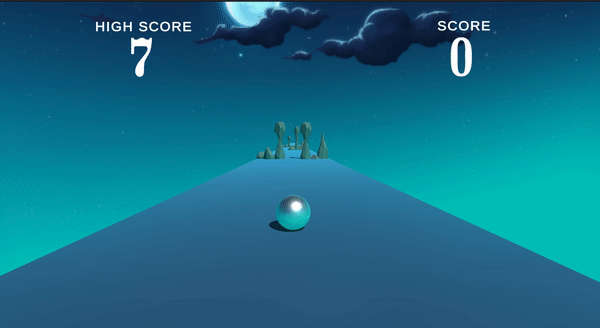
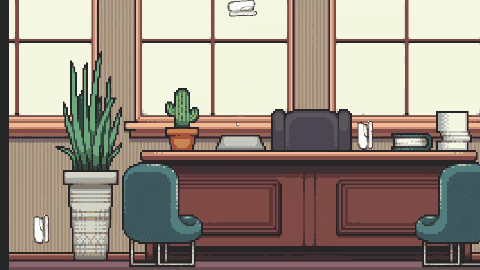
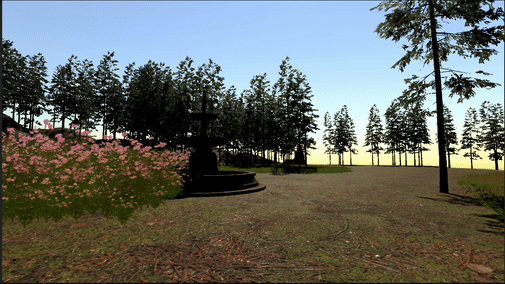




Fall 2021
Game development is a class designed as a followup to DESMA 157: Game Design and DESMA 28: Interactivity, which exposes students to more advanced programming topics. Assignments included a random generator, a physics-based adaptation of a ball sport, and a multiplayer arcade game to be played on the UCLA Game Lab’s cocktail cabinets.
Game development is a class designed as a followup to DESMA 157: Game Design and DESMA 28: Interactivity, which exposes students to more advanced programming topics. Assignments included a random generator, a physics-based adaptation of a ball sport, and a multiplayer arcade game to be played on the UCLA Game Lab’s cocktail cabinets.
Quinnipiac University
Game Development Studio: Unreal Engine
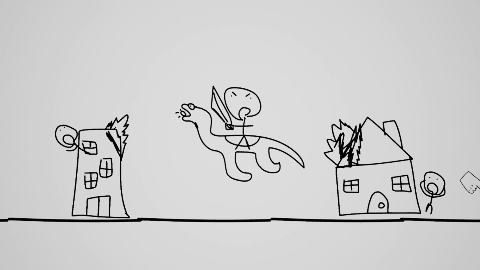
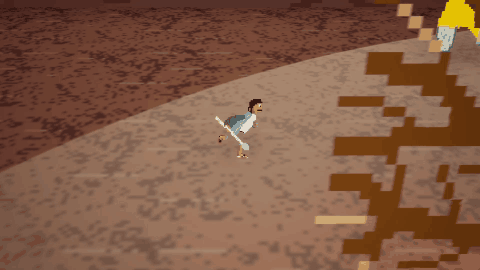
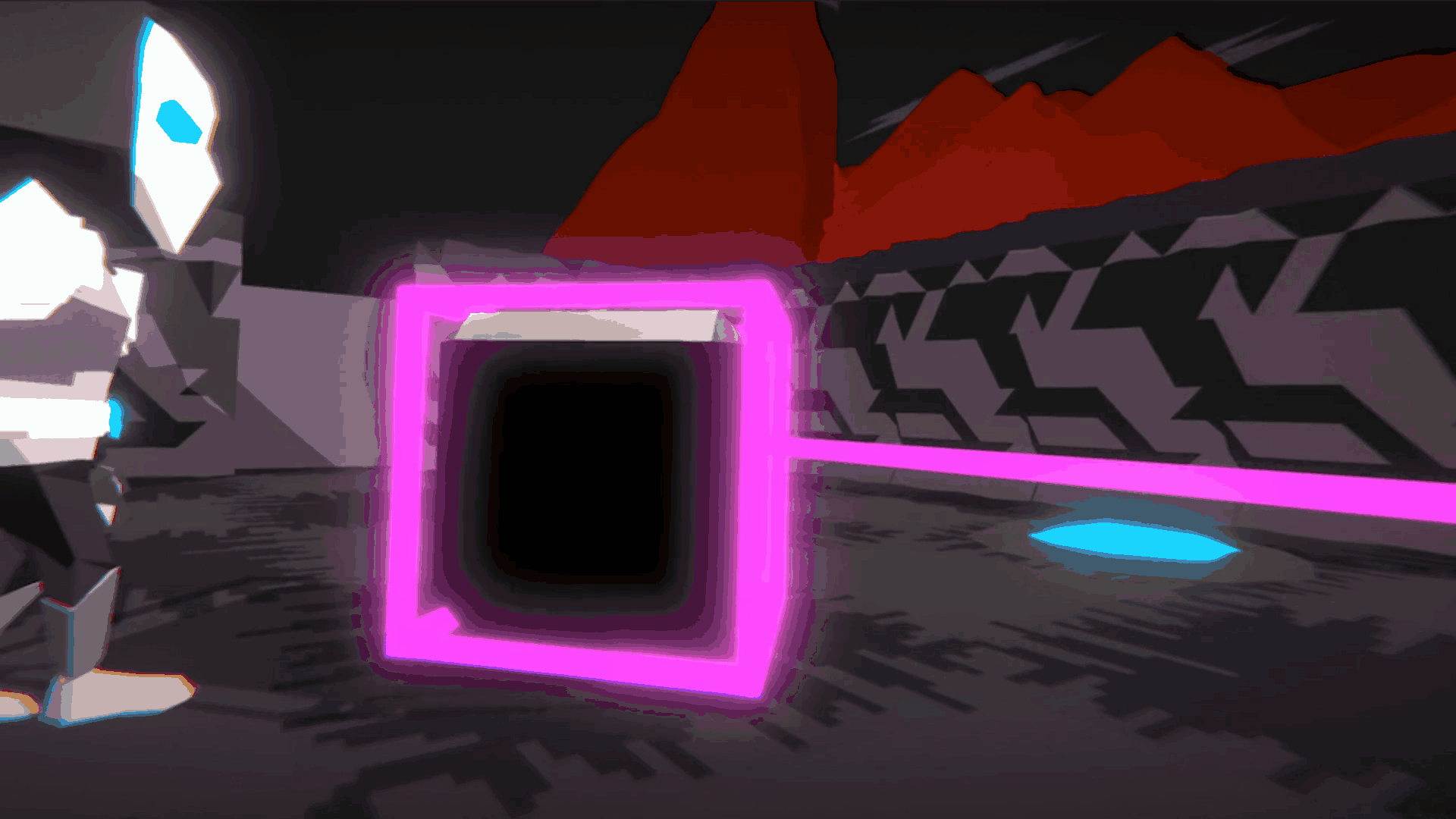

Fall 2021
I led a remote class that gave students an introduction to the unreal engine, including several short lab assignments and a larger final project. The class was designed to integrate into students other courses on sound and graphics production.
I led a remote class that gave students an introduction to the unreal engine, including several short lab assignments and a larger final project. The class was designed to integrate into students other courses on sound and graphics production.
UCLA Game Lab Summer Institute
Character Animation
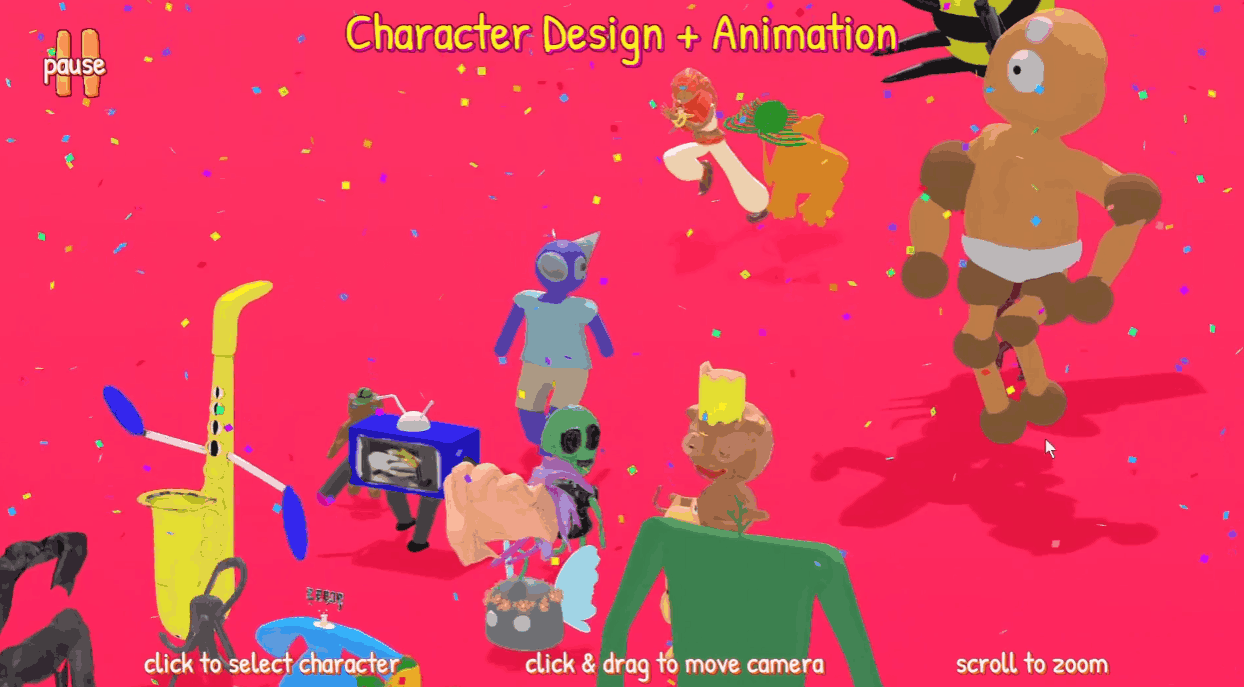

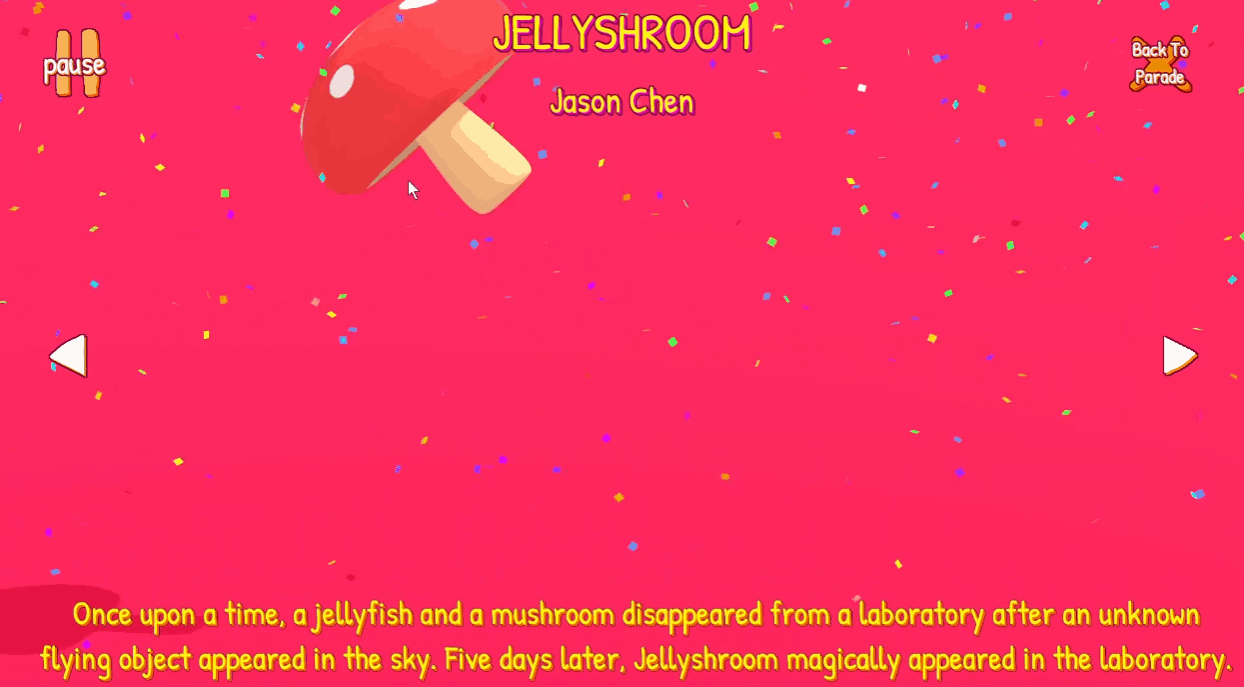
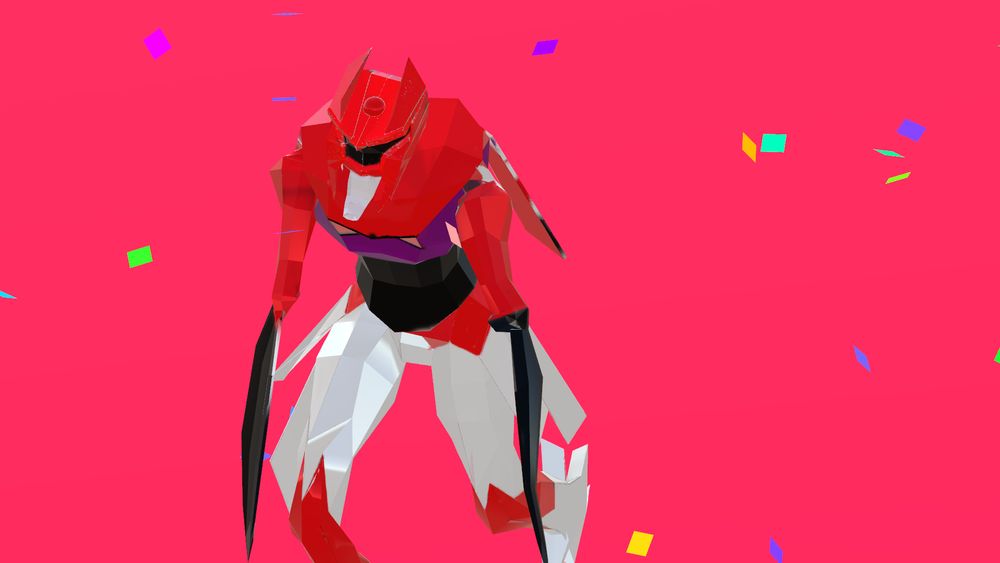
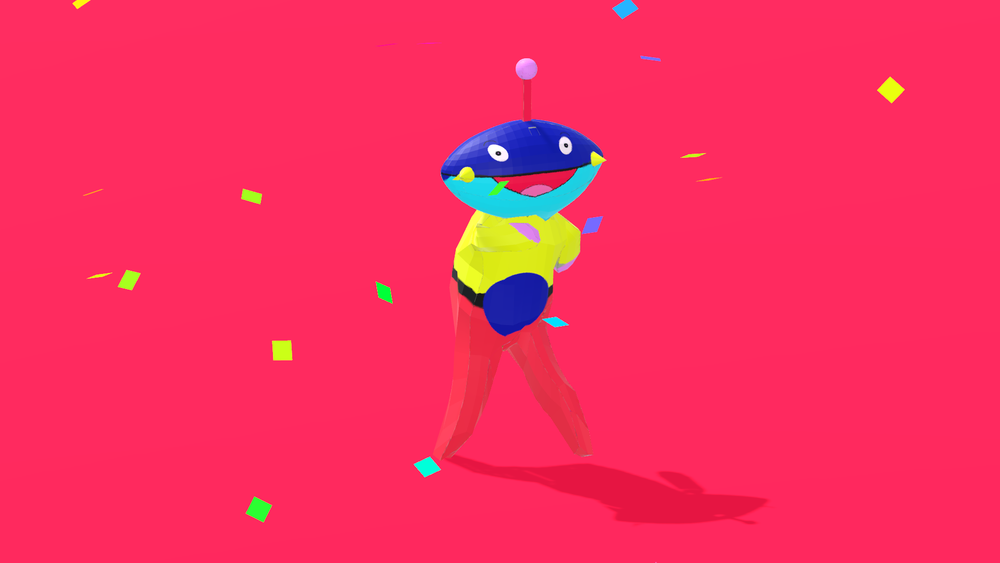
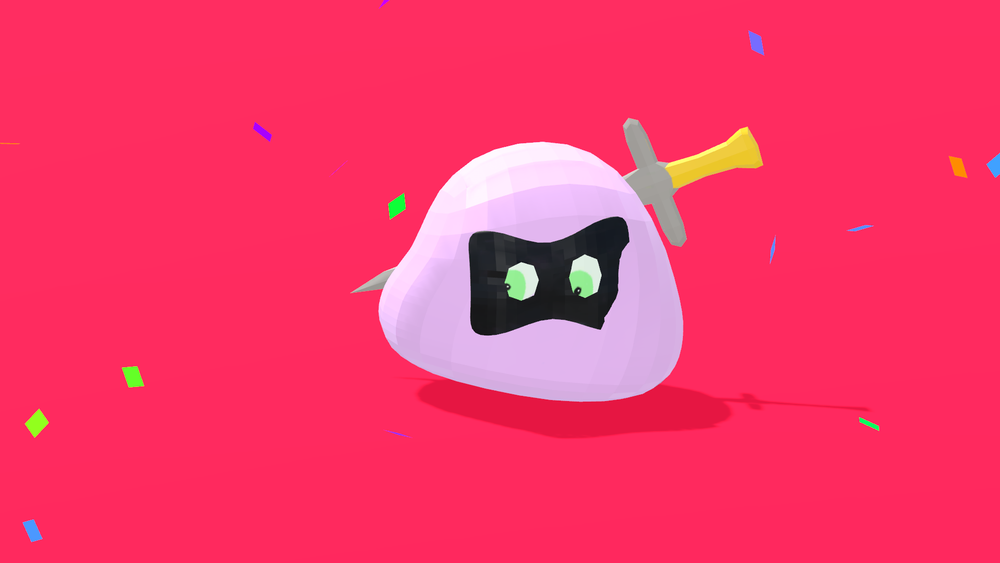
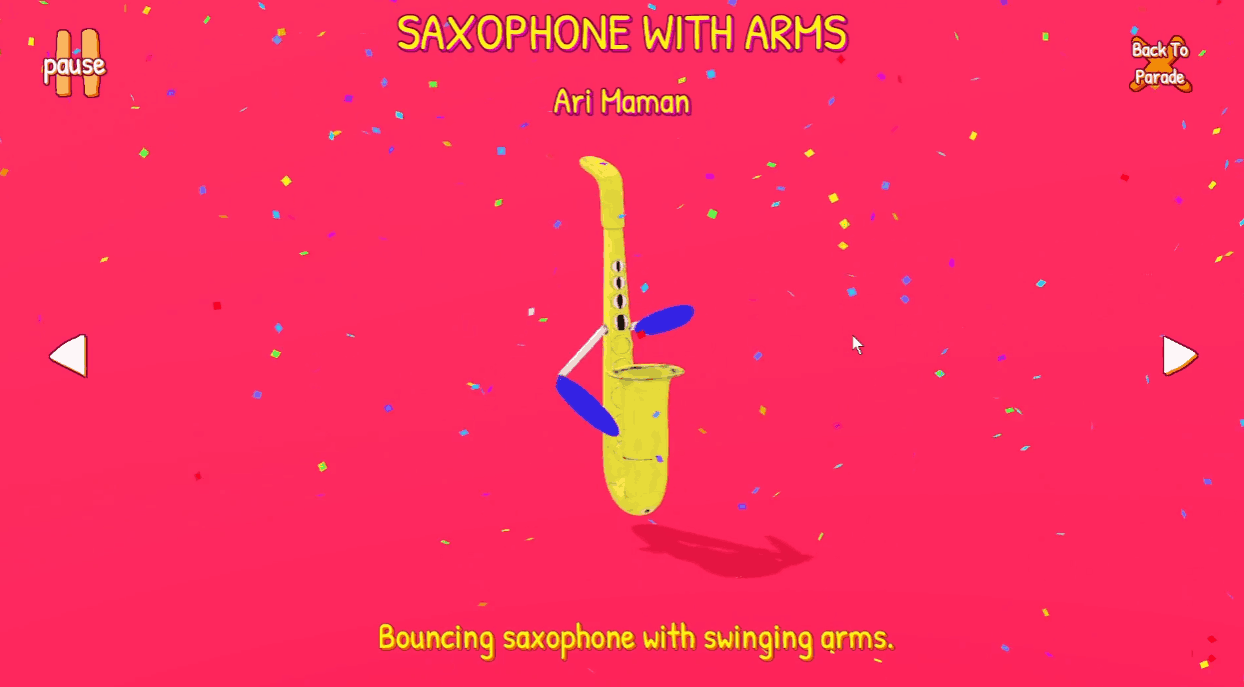

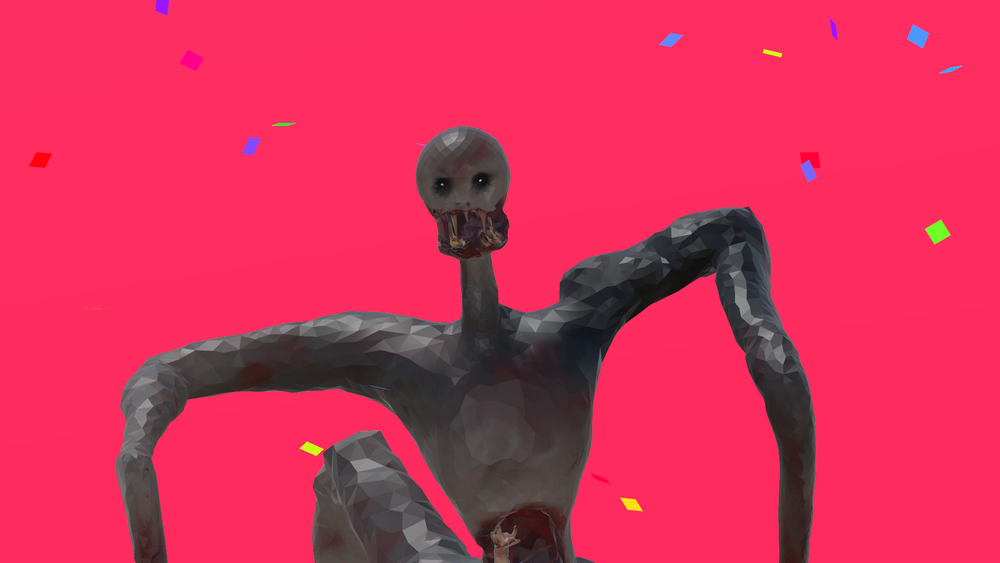
Summer 2018
A one week crash course on 3D modeling, rigging, and animation for high school students. Each student contributed a creature to a class parade.
A one week crash course on 3D modeling, rigging, and animation for high school students. Each student contributed a creature to a class parade.
Game Programming


Summer 2021
A one week course introducing programming basics and scripting in unity. Students created top-down adventure games featuring collectable items, simple block-pushing puzzles, and a variety of non-player characters.
A one week course introducing programming basics and scripting in unity. Students created top-down adventure games featuring collectable items, simple block-pushing puzzles, and a variety of non-player characters.